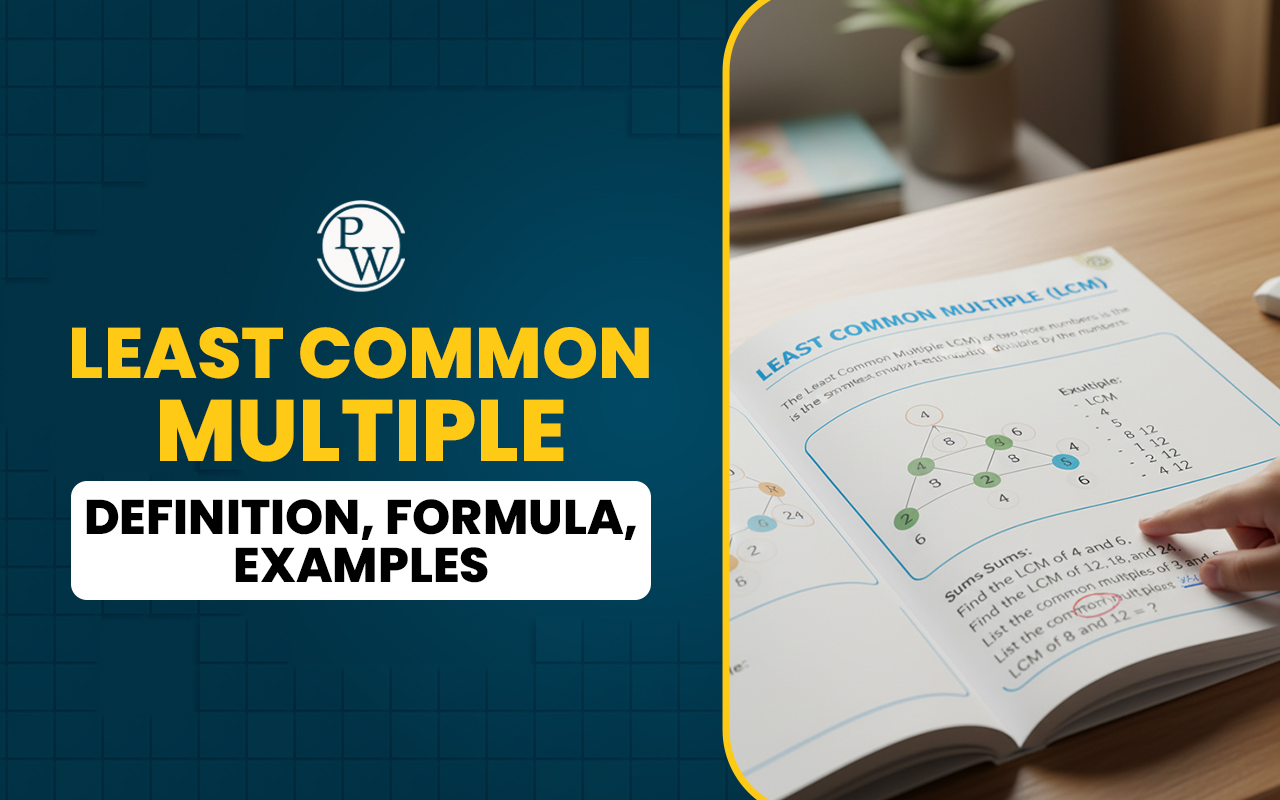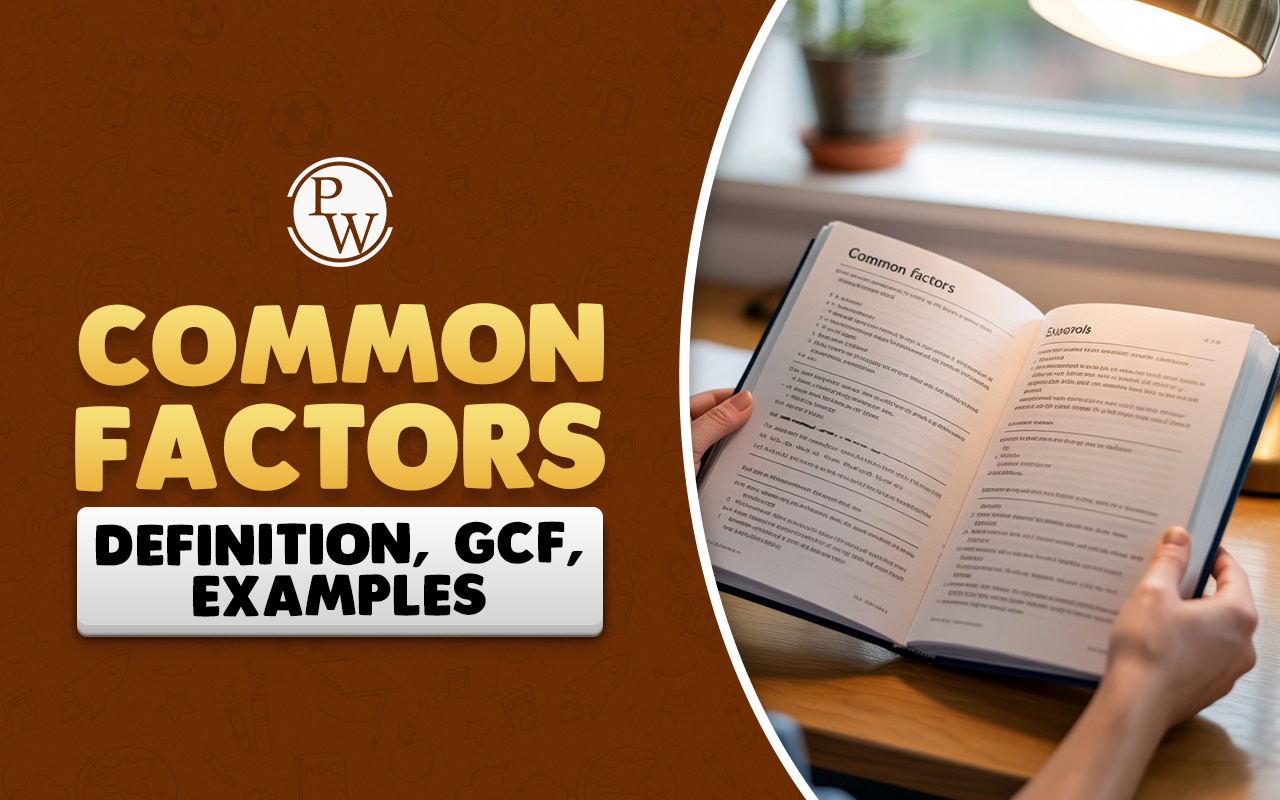
Use of Has/Have: English grammar can often be tricky, especially regarding verb usage. We frequently use the two most common forms of verbs in everyday communication: has and have. They may seem similar, but their use is entirely different. The have and has difference mainly depends on whether the subject is singular or plural.
If you have any confusion about when to use has and have, this blog will help clarify everything you need to know about has vs. have, including examples, rules, and the difference between have and has so that you can communicate confidently without worrying about making mistakes. Learn what is the difference between has and have and the use of has and have.
Read More: Types of Sentences with Examples
What Do "Has" and "Have" Mean?
The verbs 'has and 'have' express ideas in the present perfect tense with singular and plural subjects, respectively. They are also used in the context of showing possession or relationships. Here are some examples:
-
I have a bike. (possession)
-
She has two brothers. (relationship)
-
They have won the final match. (auxiliary verb in present perfect tense)
The Key Difference Between Has and Have
Many candidates asked, "What is the difference between has and have". Many English learners often get confused about the has and have difference while writing or speaking. The main difference between have and has is how to use them according to the sentence's subject.
Use ‘has’ with:
-
He, She, It (third-person singular)
-
Any singular noun (name, friend, family, company, etc.)
Examples:
-
She has a red dress.
-
The cat has blue eyes.
-
Mr. Roy has purchased a new car.
-
The team has arrived at the venue.
Use ‘have’ with:
-
I, We (first-person singular and plural)
-
You (second-person singular and plural)
-
They (third-person plural)
-
Any plural noun (students, players, vehicles)
Examples:
-
I have an appointment at 10 am.
-
You have two options.
-
They have finished the project on time.
-
The players have practised hard.
Read More: Idioms and Phrases in English - Definition, Examples
When to Use Has and Have?
The table below shows when to use of has and have based on the subject.
|
When to Use Has and Have? |
|||
|
Subject |
Use |
Person |
Example |
|
I |
have |
First person singular |
I have reached home safely. |
|
You |
have |
Second person singular |
You have a nice smile. |
|
He |
has |
Third person singular |
He has got 90% marks in mathematics. |
|
She |
has |
She has long hair. |
|
|
It |
has |
It has a long tail. |
|
|
We |
have |
First person plural |
We have a plan for the weekend. |
|
They |
have |
Third person plural |
They have arrived here before us. |
|
Singular Noun |
has |
Third person singular |
Ajay has a smartwatch. |
|
Plural Noun |
have |
Third person plural |
The students have prepared a model for the science exhibition. |
Read More: Subject and Predicate - Definition With Examples
Common Learner Questions on "Has" vs "Have"
A simple has and have example helps students understand this usage better. Here are some common questions that students generally ask regarding the uses of ‘has’ and ‘have’.
He 'has' or 'have'?
Correct form: He has
For example, he has a car.
Reason: "He" is a third-person singular subject, so has is used.
She 'has' or 'have'?
Correct form: She has
For example, she has a nice collection of earrings.
Reason: "She" is third-person singular, so has is used.
Is ‘has’ singular or plural?
Has is singular.
It is used with third-person singular subjects like he, she, it, or singular and collective nouns.
For example:
-
The company has introduced a new policy.
-
My aunt has opened a boutique.
-
Pankaj Tripathi has received the award for best supporting actor.
Please note that with singular first-person subjects like "I" and "you.", we use ‘have’.
Negative Sentences with Has and Have
In negative sentences with don't or doesn't, we use 'have' but not 'has.'
For example,
-
He doesn't have the documents with him.
-
I don't have time to meet more visitors.
-
She doesn't have any siblings.
So, 'have' is always used after do/does.
Read More: What is Prefix and Suffix
Questions Using “Has and Have”
When asking questions, the sentence starts with "has" or "have" as the subject.
For example,
-
Has he submitted the report?
-
Has she arrived yet?
-
Have you seen the movie?
In such questions, the verb has or has matches with the subject as per the rules mentioned earlier.
Use of “Has and Have” to Indicate the Possibility
Sometimes, has and have combined with other verbs to indicate something that should be done.
For example,
-
You have to follow the instructions.
-
The trash has to be removed immediately.
Read More: Sentence Structure
Has vs. Have Examples
Plenty of have vs has examples demonstrate has vs. have use in different contexts. The examples of sentences featuring each of these verbs will guide you in understanding the have vs has:
Has
-
My uncle has two pet dogs.
-
Riya's family has shifted to Bengaluru.
-
He has visited our place several times.
Have
-
The kids have given a wonderful performance on the annual day.
-
I have several meetings on Friday.
-
They have completed the project ahead of schedule.
Has and have
-
My friend has a car, but I only have a bike.
-
I have arranged the items, and she has decorated the room.
-
He has many choices, but you have one.
The have and has difference is extremely important for clear and correct communication in English without any grammatical errors. Understanding when to use has and have, especially in contexts like possession, helping verbs, and negative sentences, enhances your English grammar skills and helps you speak and write more confidently.
Read More: Material Noun
Make Grammatical Concepts Easy for Your Child With Curious Junior
Is your child struggling with basic grammar rules or confused about verbs, pronouns, and tenses? It often leads to problems in sentence construction, affecting their confidence to communicate in writing or speaking.
CuriousJr's English Cambridge courses are here to make grammar learning fun and easy for students in classes 1 to 8. The interactive sessions focus on personalised attention to build a strong foundation in grammar.
Here are a few reasons to join this program:
-
Expand vocabulary by learning 2000 + new words in each session, correct pronunciation, and real-life sentence usage.
-
Enjoy 1-hour live sessions designed to keep learning fun, engaging, and effective.
-
Strengthens spoken and written English skills to help students communicate fluently, accurately, and confidently.
-
Regular assessments and progress reports keep track of growth and performance to support steady academic improvement.
-
The curriculum, based on the Cambridge English Scale and CEFR, emphasises improving speaking, writing, reading, and listening skills.
The English Online Course makes English learning an enjoyable and interesting journey with dedicated mentorship, feedback, and guidance. Book a demo class with CuriousJr and help your child take the first step toward becoming a smart and confident learner.
Has vs. Have FAQs
What is used, has or have, with a collective noun?
What is used, has or have, with abstract nouns?
What happens to the verb when two subjects are joined by "and"?
When 'have' is used with a singular subject?










